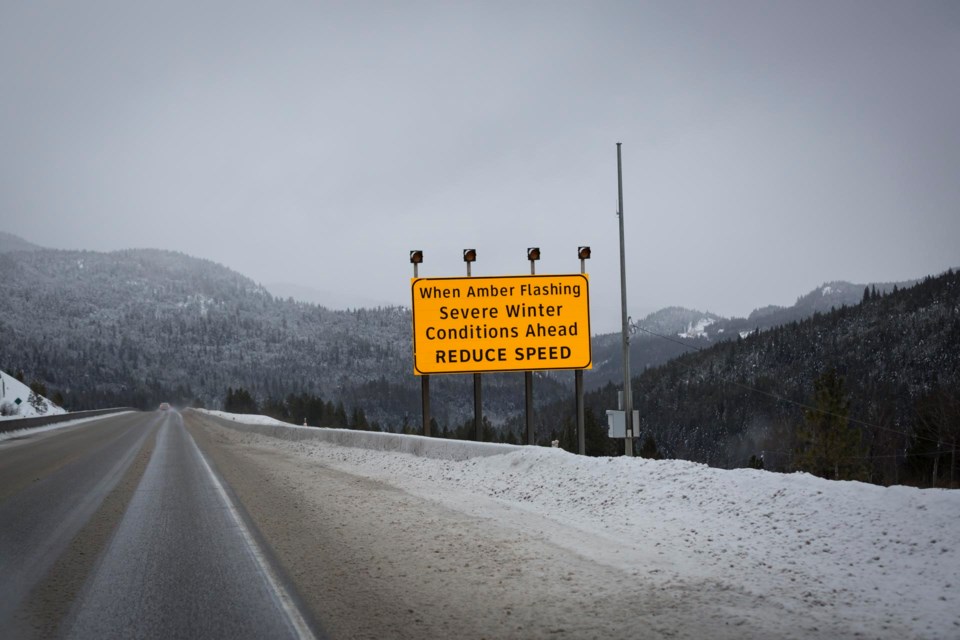Even the most experienced drivers in Delta can find winter driving challenging.
To help keep yourself safe, consider postponing driving when road and weather conditions are poor.
If travelling is essential, planning ahead could help prevent problems when you’re behind the wheel for pleasure or work. The Shift into Winter awareness campaign aims to encourage drivers to change their driving behaviour by adopting winter safe driving practices.
Travel during daylight, if possible, and know these basic winter driving steps before you go:
- Slow down to match road conditions
- Maintain a safe following distance (at least four seconds)
- Know how to brake safely and get out of a skid
Here are some other tips from ShiftIntoWinter.ca to prepare yourself for winter driving. (If your organization employs people who drive for work, the website has information to help you update your winter driving policies and procedures.)
- Plan your route
Check DriveBC for the latest highway conditions, highway cams, and weather forecasts. You can also call 1-800-550-4997 for road information 24 hours a day. Select the safest route and give yourself extra time to get to your destination. Tell someone where you’re going and when you expect to arrive.
- Check your phone
Make sure it’s charged before leaving. Bring a charger since cell batteries can drain quickly in very cold weather. Don’t use your phone while driving for any reason. And don’t leave it in the car for extended periods of time.
- Wear comfortable clothing
You don’t want it to restrict your movement while driving. Bring warm winter boots, coat, gloves, and a hat with you in case you need to get out of your vehicle.
- Have an emergency kit and plan
Always carry an emergency kit. Don’t panic if you get stuck or stranded. Stay with your vehicle for safety and warmth. Open your window slightly to make sure you have a supply of fresh air. Call for roadside assistance or 911 if it’s an emergency. Avoid overexertion and exposure.
- Clear and warm up your vehicle before driving



